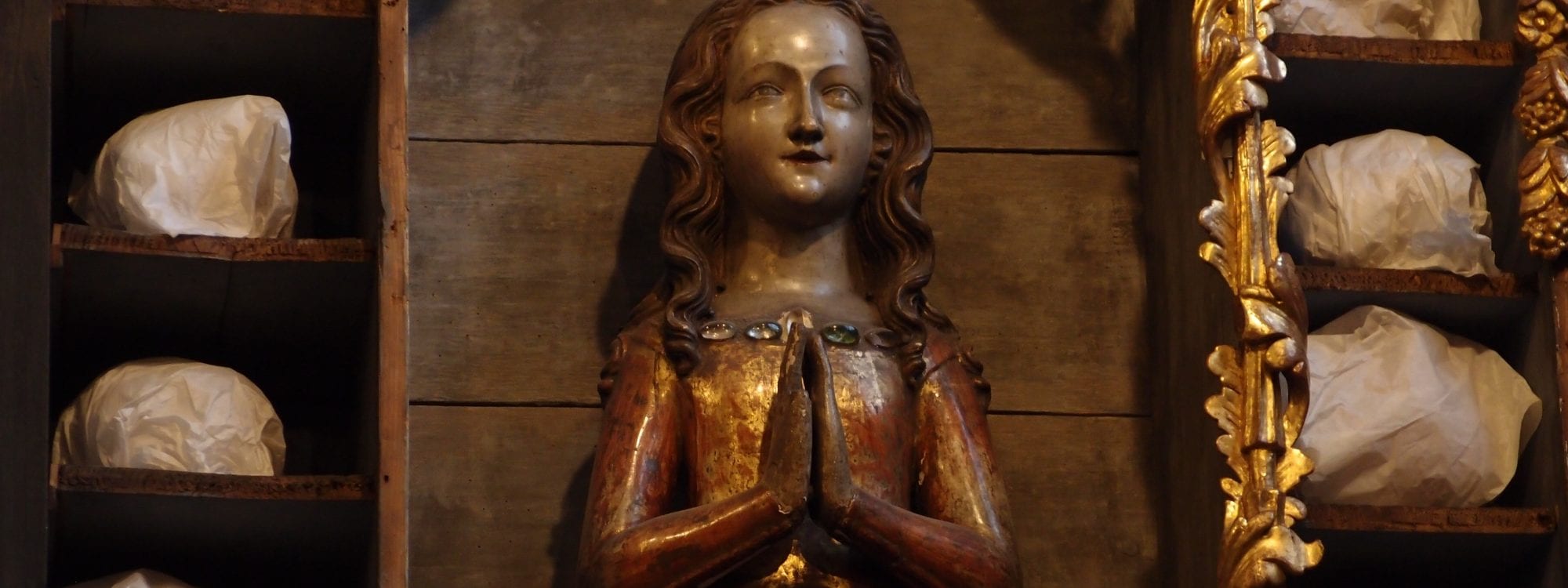Ossa gloriosa – glorious bones – relics
These pages contain information on currently on-going research project Rethinking the Late Medieval Relic (c. 1200–1550) as well as other research and art projects related to medieval cults of relics (see Projects).
Project Rethinking the Late Medieval Relic
(c. 1200–1550)
Through relics God touched the earth. The relic’s divine power made it a desirable and inseparable part of the life of medieval people. From the early thirteenth century onwards, however, the notion of the relic was challenged, and the ecclesiastical authorities sought to monopolize the definition and use of relics for the Church. As a result, late medieval people embraced new items and new relic practices for contacting God and saints. Thus, the tumultuous era together with the Church attempts to restrict sanctions on the relics engendered new pluralism in holy matter. The project focuses on the Dominican cultural milieu in late medieval France and Italy and considers the ways in which the relic was perceived in various forms of interaction with holy. Ultimately the question is, who had the right and the means to determine what counted as a relic and to whom?
The project is funded by the Academy of Finland (349210)
Welcome to visit the pages!
Photo: Golden Chamber, St. Ursula, Cologne
Credits: Marika Räsänen
